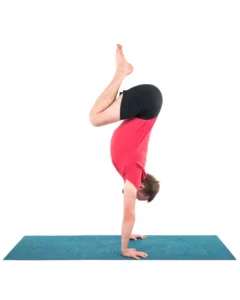Breath, Focus and Resistance: How Yoga Practice Builds Strength and Endurance
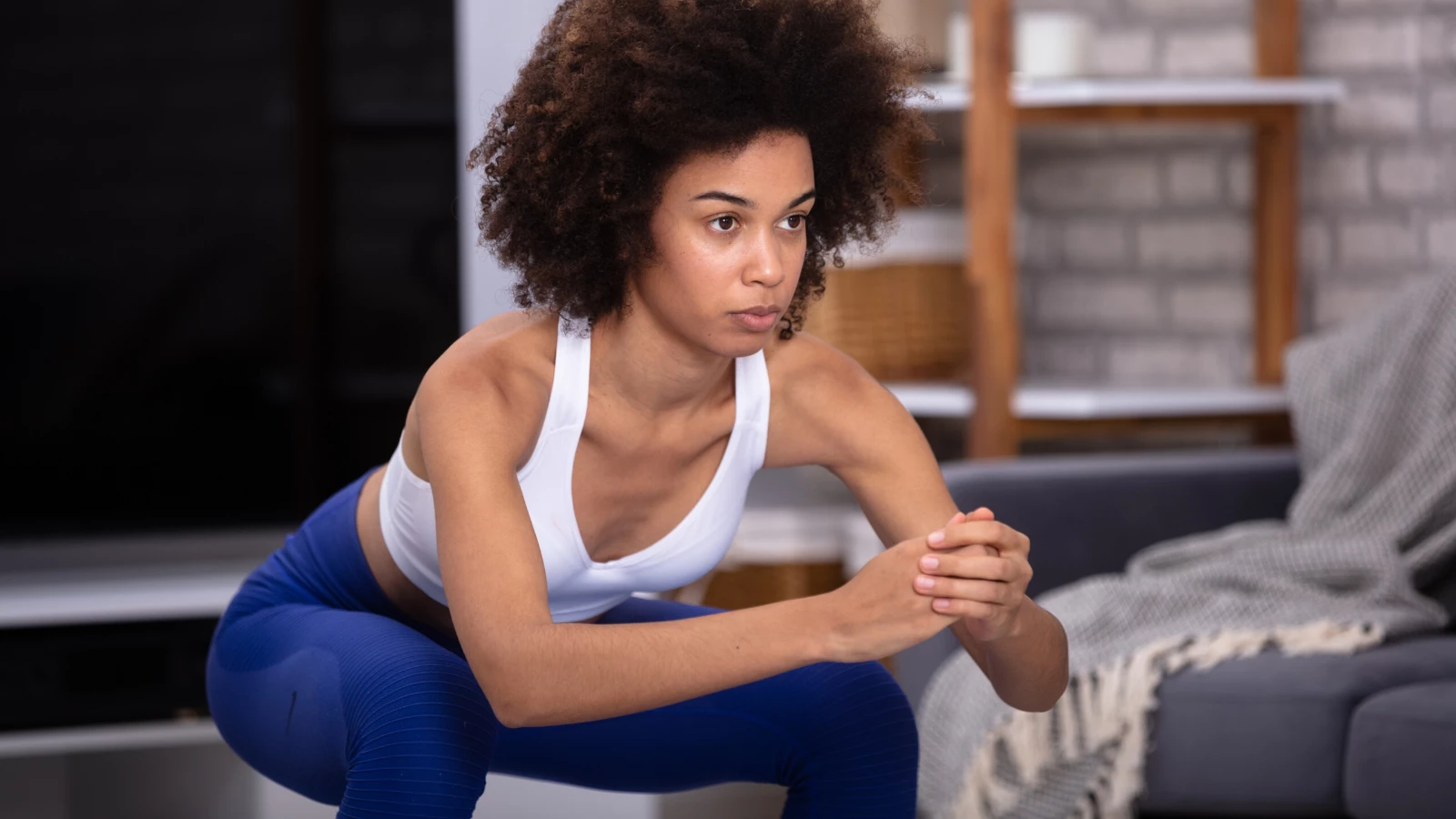
Yoga is an endurance training system, as well as strength training. Let me tell you how I reached this conclusion.
Endurance Training: Endurance training is also referred to as aerobic exercise, as it ensures that the energy demands are continuously met during the exercise regimen. Endurance training improves functional capacity and involves activities like bicycling, walking on a treadmill, swimming, rowing, cross-country skiing, and other fitness exercises that increase stamina.
Resistance/Strength Training: Resistance training or strength training involves physical exercises that induce muscular contraction and strengthen the muscles. It is primarily an aerobic activity that provides significant functional improvement, including increased muscle, tendon, and ligament strength and toughness, improved joint function, increased bone density, improved cardiac function, and enables muscles to recover for the next burst. Resistance training increases the force output of the muscle through incremental weight increases and also uses various forms of exercises and equipment to target specific muscle groups.
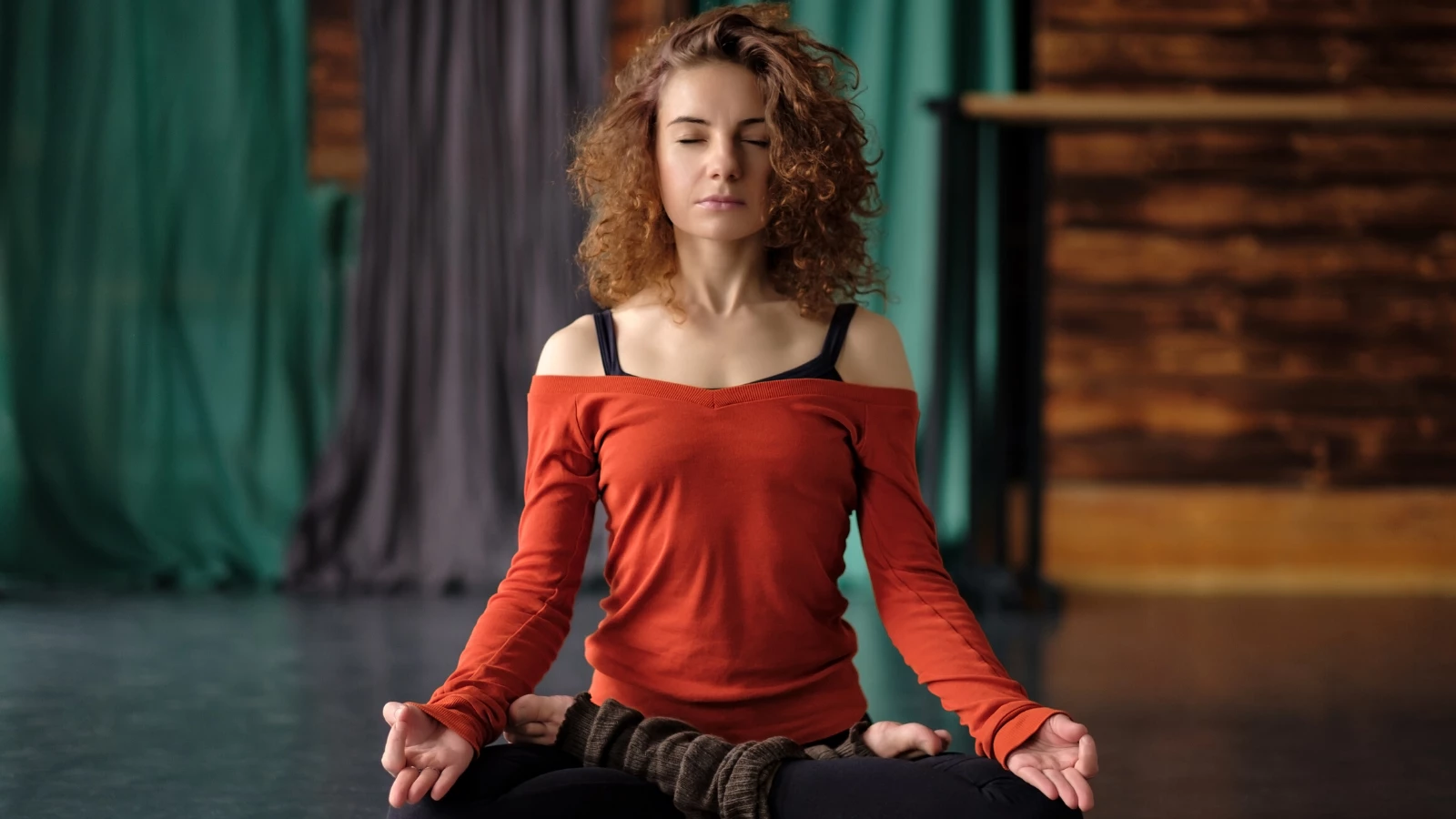
How Yoga Practice Boosts Endurance
Endurance training uses both physical and mental strength to improve functional capacity. It is a common practice to incorporate several minutes of meditation either before or after a yoga asana class. This helps boost concentration and develop mental strength. Holding a yoga pose for a length of time requires discipline and commitment. This builds confidence and slows down the chattering in the mind. The practice of simply holding a pose helps to overcome mental negativity and the fear of pain.
Asanas require the practitioner to cover more ground with fewer steps, develop a longer stride, and maintain a smooth and steady pace. This requires flexible hip flexors for greater hip flexion, well-lubricated joints, and adequately stretched muscles.
Yoga practice cultivates these three core endurance-training factors:
Breath: Breath-endurance training involves the aerobic system and requires oxygen to adequately meet energy demands during exercise. Asana practice emphasizes the use of breath by encouraging movement through various poses with continuous inhalations and exhalations. Breathing practice is an integral part of yoga, and practitioners and students resort to ujjayi pranayam (ocean breath) to lengthen the inhalations and increase lung capacity. This, in turn, delivers more oxygen to the body and helps with overall performance and efficiency.
Core strength: Endurance training increases stamina and endurance. Asanas help to keep the body strong, centered, and powerful. Asanas not only assist in building strong abdominal muscles but also help to strengthen the back and hips, thereby improving stamina.
Focus: Endurance training requires developing an inward and mindful state, and athletes are always encouraged to “stay in the moment.” Focus (dharana) and being in the moment (dhyana) are integral to asana practice. Yoga practitioners continuously focus on their inhalation/exhalation, movement, and nuances of a pose, and sustain that pose by “being in the moment.”
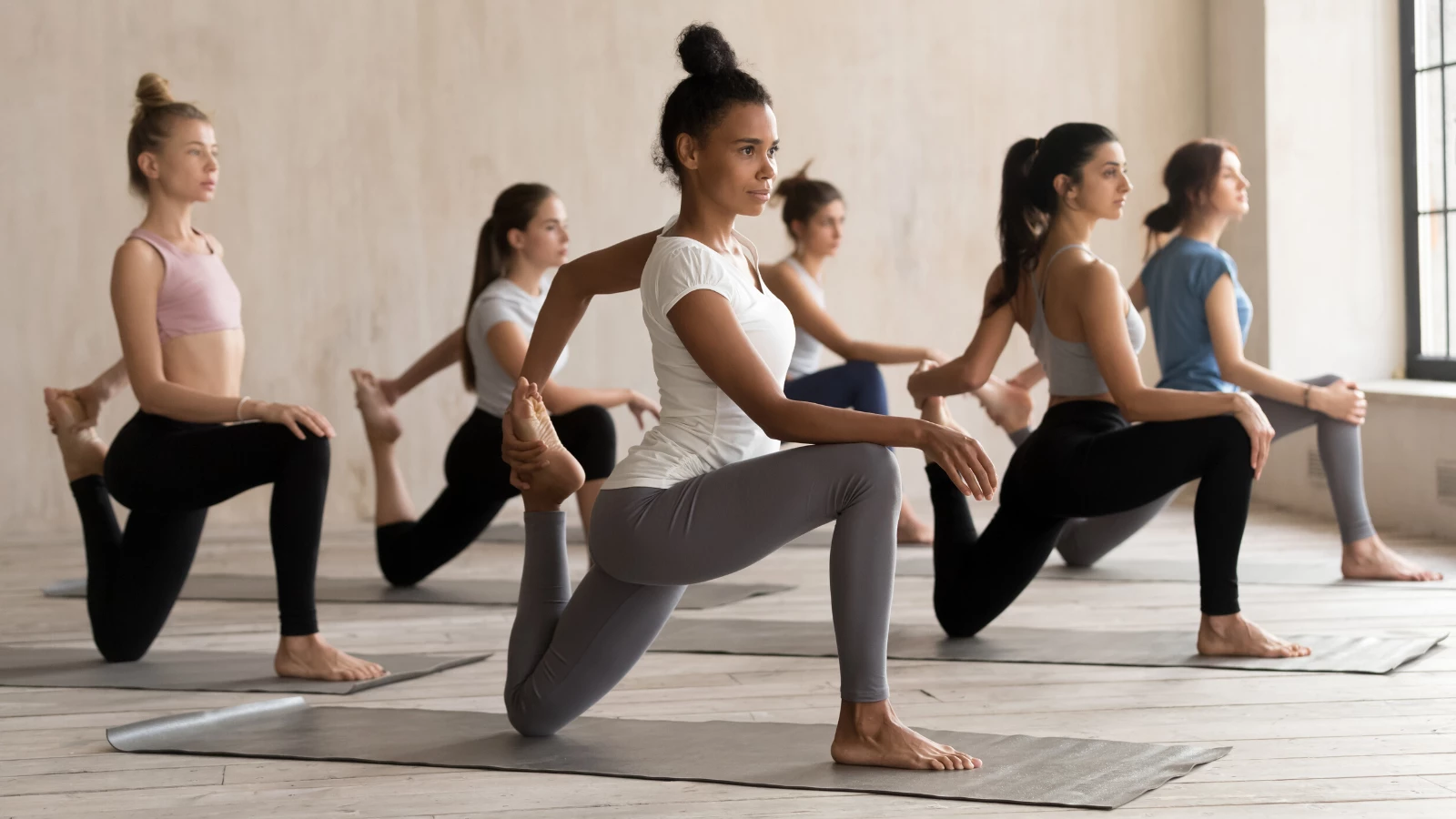
How Yoga Practice Builds Strength
Resistance training/strength training involves a lot of movement and muscular contractions, thereby providing functional benefits to muscles, tendons, ligaments, and joints. Resistance/strength training uses various forms of exercises, often requiring special equipment to target specific muscle groups. Asanas use the body’s own weight as resistance to build strength and balance. Thus we’re able to gain strength without elaborate and expensive weight-training equipment.
Yoga poses place the body in many positions that require strength and stability. In addition, any extended hold of a pose requires the contraction of several muscles. These muscular contractions help more muscle fibers to be recruited, resulting in improved strength gains. A continuous muscular contraction helps to lengthen, tone, and strengthen the muscles. An asana flow sequence that calls for moving into several poses sequentially is a physically demanding practice that provides students with opportunities for continued strength gains.
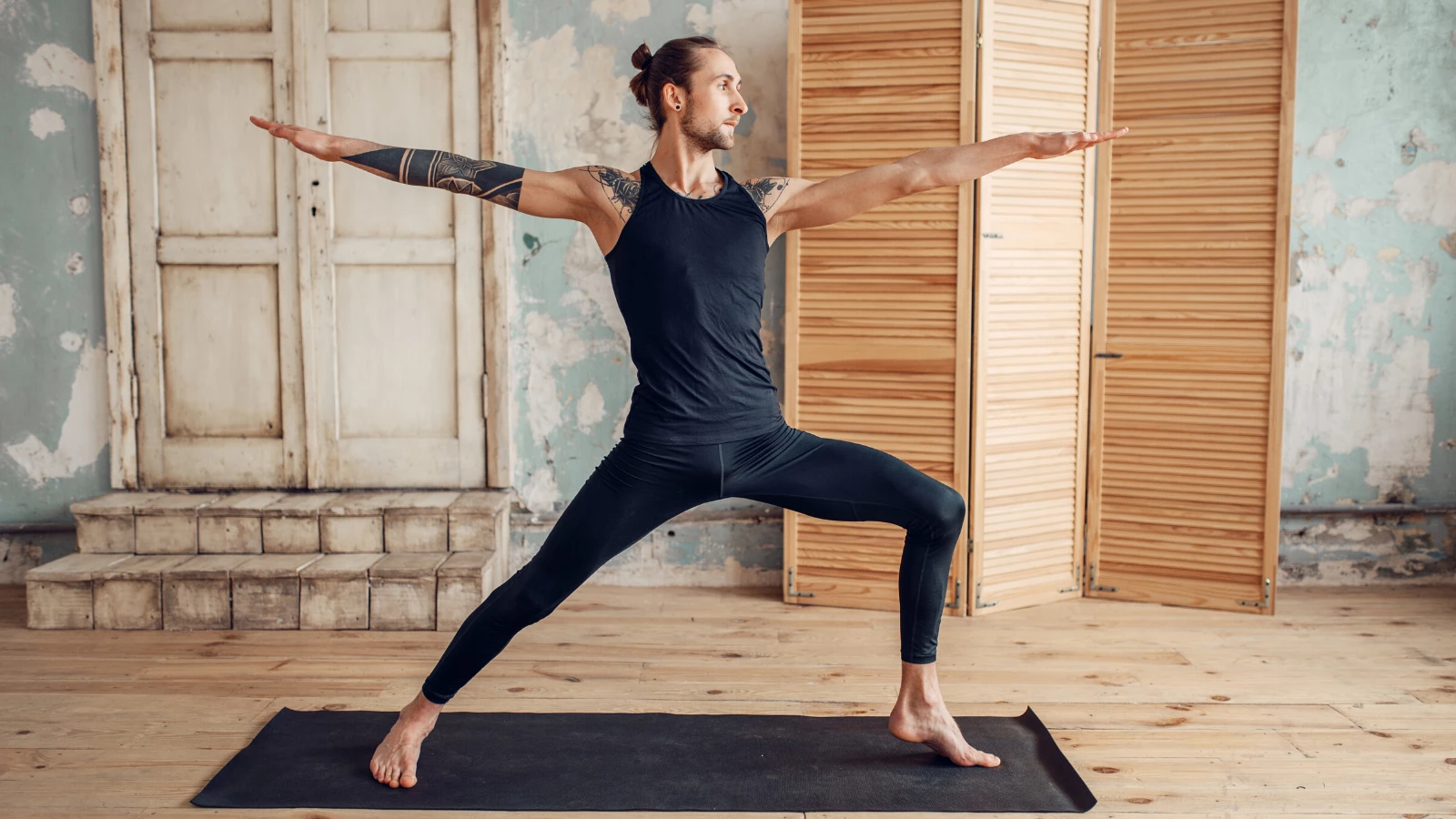
In conclusion, yoga increases muscle strength, power, and endurance through weighted exercises. By holding the body in specific poses, yoga helps to improve balance, strength, and stamina. Practicing yoga asanas can improve circulation, digestion, balance, flexibility, and agility. Keeping the body in certain postures and focusing intensely on moving through and holding each of the poses not only improves strength, balance, and concentration but also builds endurance. Thus, in my opinion, a consistent yoga practice incorporates both strength and endurance training.
Also, read...
Warrior I Pose: 5 Strengthening Variations
Deepening Your Home Yoga Practice: An Interview with Judith Hanson Lasater
4 Easy Ways to Use a Sandbag in Yoga Practice
Related courses
Breath as Medicine: Yogic Breathing for Vital Aging
Yoga and Myofascial Release: Releasing Chronic Tension with the Bodymind Ballwork Method

Rammohan (Ram) Rao comes from a family of Ayurvedic practitioners and Vedic teachers in India tracing back to the illustrious Vedic-acharya Rishi Kaundinya (although Ram admits he cannot do the Eka pada or Dwi pada Kaundinyasana). With a doctorate in Neuroscience, Ram was a Research Associate Professor at the Buck Institute for Research on Aging. He focused on various aspects of age-associated neurodegenerative diseases with an emphasis on Alzheimer’s disease. In addition, Ram completed the academic training at the California College of Ayurveda (CCA) and received his certification as a Clinical Ayurvedic Specialist. He has been a faculty member of the California College of Ayurveda and teaches in their Nevada City location. Ram is also a dedicated Hatha yoga practitioner and is a Registered Yoga Teacher from Yoga Alliance USA. In his spare time, he offers consultations in YAMP techniques (Yoga, Ayurveda, Meditation & Pranayama). Ram has published several articles in major Yoga/Ayurveda magazines and has been a featured speaker in several national and international meetings and symposia. He is a member of the National Ayurvedic Medical Association (NAMA) and is on the Research Board of the Association of Ayurvedic Professionals of North America (AAPNA).



